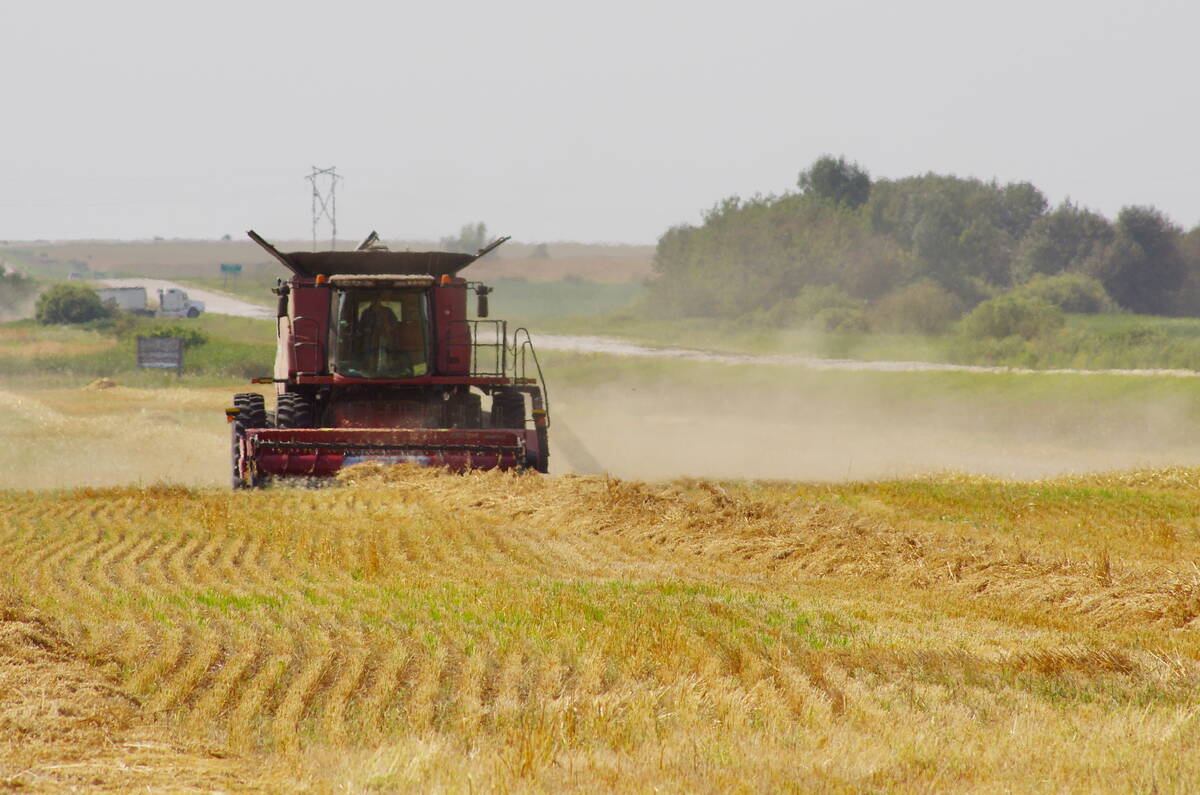A technique to track microbes helps scientists better understand the strategies different microbes use to process carbon
Studying soil microbes is extremely difficult considering how tiny they are and how many there are. Not enough is known about their needs to grow them in a lab. Yet these microscopic organisms contribute to the global carbon cycle and are essential to the health of the biosphere.
Recently, researchers at Cornell University in New York developed a technique to track microbes and gain an understanding of the strategies different microbes use to process carbon.
Microbes are key to converting plant mass into soil organic matter, the foundation for soil fertility. Soil organic matter consists of plant and animal tissue in various stages of decomposition and contains a large fraction of global carbon that is governed by microbe communities.
Read Also

Herbicide resistance sprouts in Manitoba’s wild oats
Farmers across Manitoba this fall are gearing up for the latest salvo in what, for many, has become a longtime battle to beat out wild oats.
Microbes break down these tissues by releasing the plants’ nutrients such as nitrogen, phosphorus, and potassium. The resultant soil organic matter is the basis for soil productivity, holding three times more carbon than the atmosphere. Consequently, bacteria play a key role in fixing how much carbon ends up in the atmosphere and the soil. But little is understood about how they do it.
“Every living thing uses carbon,” said Daniel Buckley, professor, Soil and Crop Sciences Section, School of Integrative Plant Science. “Around 2000, a particular technique was developed called DNA stable isotope probing. At the time, researchers were doing experiments with isotopically labelled methane that they added to samples and then were able to track that DNA and identify which microbe was eating that methane. I thought this was a technique we could study to see what the microbes in the soil were doing.”
Stable isotopes are non-radioactive forms of atoms. Their unique properties allow them to be used in a variety of applications, including water and soil management, environmental studies, and nutrition assessment studies.
The volume of microbes in the soil is staggering.
“There are about one billion microbes per gram,” said Buckley. “A teaspoon holds about seven grams of soil and there are some seven billion people on Earth. That’s a fair comparison. But despite so many, they work together.”
He said that the improvements in DNA sequencing allowed them to establish what many microbes were doing and figure out which microbes ate different types of carbon.
They found that microbes have different strategies. Microbes that grow, eat and die rapidly feed on plant matter with easily accessible carbon such as sugars. However, other microbes specialize in carbon that is harder to break down and absorb. These microbes consume materials and grow more slowly but they are more specialized and efficient. The researchers categorized these types of bacteria into guilds.
They used stable isotopes to characterize the guild structure of soil bacteria based on how they take in carbon from different sources. The guild structure also explained microbial biogeographical patterns at continental and global scales.
“A guild is a group of organisms that accesses food from resources in the same way,” said Buckley. “They are eating in the same way or accessing food in the same way. They are not necessarily the same species, and they might not even be related, but they have all come up with a similar strategy for how they get their resources.”
The influence of microbes on soil and, by association, crop yield is central to a farmer’s production expectations even in subtle ways. For instance, Buckley said that a farmer may have a field that looks flat but, when working that field, he knows there are gentle dips and bumps that influence different processes that may be biological, physical, or chemical, altering moisture patterns and the way plants grow.
“People are very interested to know to what degree that is microbial,” he said. “There are many factors that correlate. The microbes may be different but if they are it’s because there are different physical and chemical processes as well. It is difficult to disentangle what is actually happening. We know within a field there are spots that are overyielding and others that are under-yielding. There’s reason to believe that microbes may be contributing to that.”
The team plans to expand the research to further understand microbe influence on soil carbon and soil health.
“How do microbes contribute to loss of soil carbon or accumulation of soil carbon?
“The question is important because soil carbon is both good for fertility where you want the soil to have a healthy amount of soil organic matter and because we’d rather that carbon in the soil than in the atmosphere.”
He said they are looking at the effects of tillage, which is a natural disaster for microbes.
They will look at cover crops and their value in promoting organic matter retention and accumulation and what the microbes are doing with those cover crops.

















